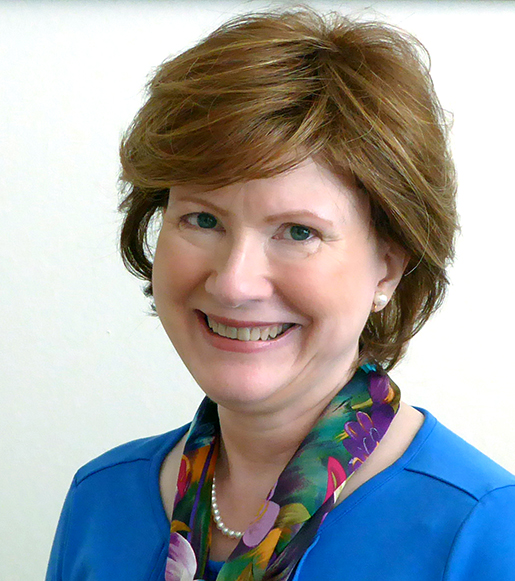

In late December, as I returned home after an enthusiastic excursion to gather my last Christmas presents, the clicker to my parking garage door died. It looked like it was working; the little red light blinked just as it should when I pressed the “open” button.
But, alas, the heavy metal door did not budge; the batteries were running on near empty. And, after being shoulder to shoulder with other late-season shoppers, I knew how those batteries felt!
I pried open the clicker and saw that the batteries were not the usual ones I always keep on hand. So, I made one last foray into thick holiday traffic to buy the rare, but needed, juice to get the door and me going. By the time I returned home and emptied my car, my remaining energy was nowhere near “merry, merry.”

Isn’t this just like other parts of life when we feel our energy splutter and stretch, just enough to get us through this or that memorable moment, but not, in the long run, enough to keep us operating at our best or most effective?
Many of us can feel this way after even the happiest events, but as I discovered with the variable battery types, there is no one-size-fits-all when it comes to recharging our personal power packs.
A family wedding, where everyone is working hard toward a common goal, can have an aftermath that brings some to tears, others to collapse or maybe even some to unexpected visits to the doctor. The day after a graduation can find us utterly at sea — “Now what?” — but too tired to take action on the question.
And the days after Advent/Christmas or Lent/Easter, devoid of the seasonal traditions that help us structure our prayer and worship, can leave us feeling a bit untethered and empty as we look for a new approach to “ordinary time” that will give us ongoing spiritual sustenance.
I suppose one approach to recharging would be to make a U-turn and head straight for another vacation or silent retreat. But for most of us, that isn’t possible. So, as we wade back into the proverbial pool, we have to also be mindful of how much energy and strength we have and how to preserve that while acquiring more.
Physically, this means allowing ourselves to rest. It’s tempting to think that all of our diet, exercise and other health-related goals for 2018 need to be acted on as soon as the clock strikes 12.
But, an “all or nothing” approach is a sure way to completely drain our already-low energy reserves. A little each day will give us more than a fighting chance for success on at least one and maybe more than one endpoint.
Personally, a quality approach to socializing will be much more relaxing and rejuvenating than the quantitative approach we employ during a jam-packed holiday season.
If we adapt Mary’s approach of treasuring memories in her heart to our encounters with each friend and family member we hold dear, we’ll develop lasting depth and strength, instead of superficiality, in the relationships we cherish.
Spiritually, a twofold response to the weeks following holy days can help us renew our commitment to our faith practices.
The insight we gleaned from the past season, when brought into each intention, sacred reading and time at worship in the days to come reflects the light from our seasonal spiritual pursuits. Keeping and bringing that light into our daily actions, words and deeds can energize us and others — like a spark that makes marvelous, lively momentum.
Finding ways to fold exercise, fellowship and spiritual pursuits into our daily lives will always be individually up to us. But, like the realities of spent batteries, we’re all better off for discovering what works in our world so that we can sail along in 2018, fully charged and ready to go!
Her website is maureenpratt.com. Follow her on Twitter at @maureenpratt






